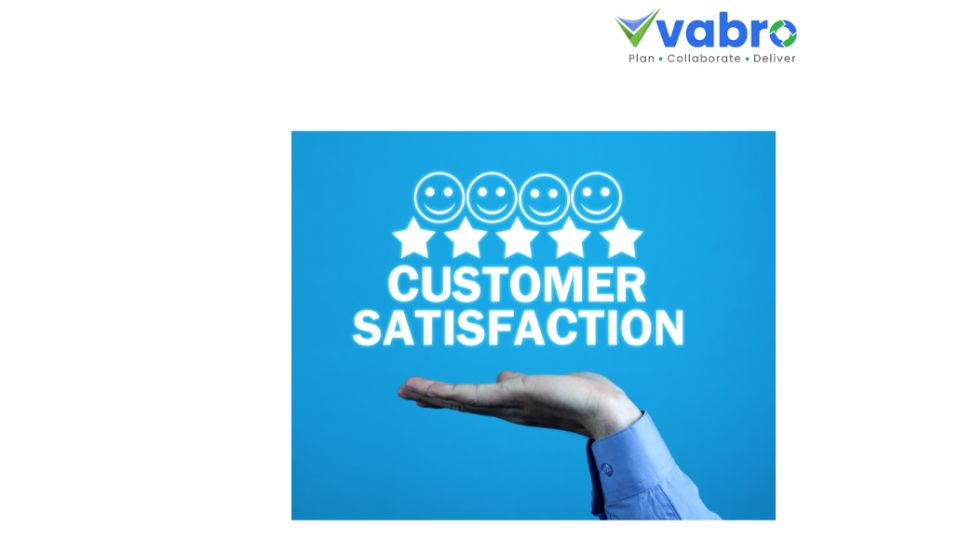Agile and Customer Satisfaction: How Agile Keeps Stakeholders Happy
In today’s fast-paced business environment, customer satisfaction is critical for any project’s success. The Agile methodology, with its iterative approach and focus on continuous feedback, ensures that stakeholders remain engaged and satisfied throughout the project lifecycle. By delivering incremental value, fostering collaboration, and adapting to changes efficiently, Agile keeps stakeholders happy while meeting their evolving expectations.
1. Frequent Delivery of Value
One of Agile’s core principles is delivering working solutions in short, incremental cycles (often called iterations or sprints). Instead of waiting months to see a final product, stakeholders regularly receive usable versions of the project. This approach provides immediate value and allows customers to experience tangible results early on.
For example, in Scrum, teams work in sprints (1-4 weeks), where they deliver small yet functional portions of a project. Stakeholders can test, use, and assess the progress, keeping them actively involved and satisfied with the ongoing delivery.
2. Encouraging Continuous Feedback
Agile embraces regular feedback loops through frequent reviews and retrospectives. By conducting sprint reviews or daily standups, Agile teams keep stakeholders informed about progress and obstacles. More importantly, stakeholders have the opportunity to share input and course-correct before small issues become major problems.
This continuous interaction not only enhances project alignment but also makes stakeholders feel heard and valued, strengthening trust between the team and its clients.
3. Adaptability to Change
One of the most significant ways Agile satisfies stakeholders is through its ability to adapt to changing requirements. In traditional project management (e.g., Waterfall), any late-stage change can derail timelines and budgets. Agile, however, welcomes changes—even late in development—as it prioritizes customer satisfaction over rigid plans.
By keeping workflows flexible and maintaining a backlog of priorities, Agile teams can adjust deliverables based on stakeholder feedback or market changes without disrupting the project. This responsiveness ensures that the final product meets the customer’s evolving needs.
4. Increased Transparency and Collaboration
Agile promotes high transparency through tools like Kanban boards, task breakdowns, and burndown charts. Stakeholders have visibility into project progress, current priorities, and team workloads. Regular touchpoints—like sprint planning meetings or retrospectives—ensure that stakeholders are always in the loop.
Collaboration is equally emphasized, as Agile encourages cross-functional teamwork and continuous stakeholder involvement. Instead of a one-way communication flow, Agile fosters open dialogue, reducing misunderstandings and building strong partnerships.
5. Improved Risk Management
Agile’s incremental approach minimizes risks by breaking projects into smaller, manageable parts. Each iteration serves as a checkpoint, allowing teams and stakeholders to identify and resolve issues early. By catching problems sooner, Agile ensures a smoother process, reducing delays and increasing overall satisfaction.
6. Quality-First Mindset
Agile prioritizes quality over quantity through practices like continuous testing, code reviews, and iterative refinement. By addressing quality at each stage of development, teams reduce defects and ensure the final product aligns with stakeholder expectations.
Conclusion
Agile methodology’s focus on frequent delivery, adaptability, and customer collaboration makes it a game-changer for achieving customer satisfaction. By keeping stakeholders engaged throughout the project and delivering incremental value, Agile ensures projects stay aligned with stakeholder goals and meet evolving needs effectively. Ultimately, Agile doesn’t just deliver products—it delivers value, trust, and happiness to its customers.
